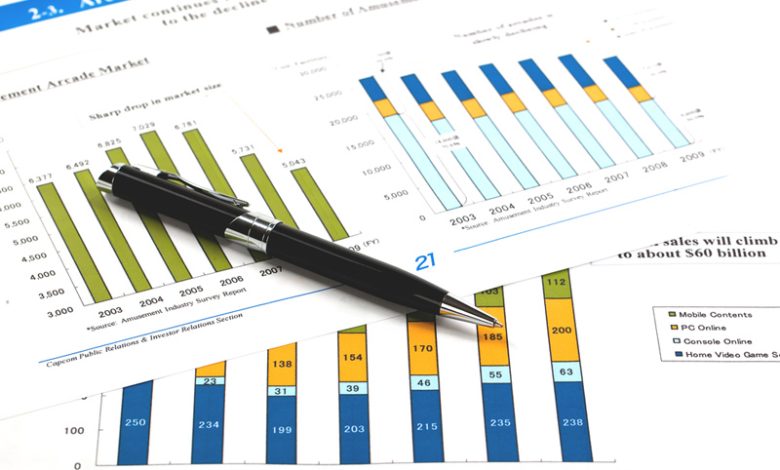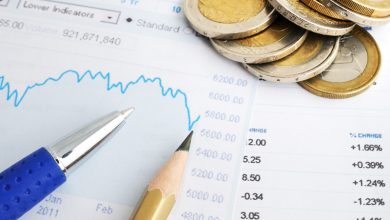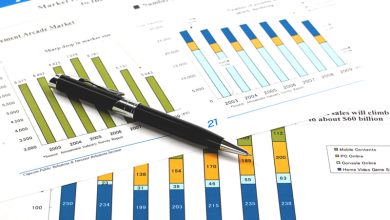
Ferraris and Fine Wines Attract Investors Amid Rate Fluctuations – Reuters
By Sinead Cruise and Simon Jessop
LONDON – Alternative investments like classic cars, rare gemstones, and fine wines are gaining popularity as investors navigate a landscape characterized by exceptionally low interest rates and market volatility.
Concerned about the conclusion of a long-term bond market upswing and extensive monetary stimulus that has misaligned stock prices with economic fundamentals, prominent investors are increasingly diversifying into tangible assets, including high-end wines, collectible vehicles, and luxury jewelry, as indicated by recent research and index data.
Notably, renowned bond investor Bill Gross indicated a shift in his preferences, highlighting a preference for real assets such as land and gold instead of traditional investment options.
This burgeoning interest sees collectibles like rare coins and vintage automobiles perform well, with the latest Knight Frank Luxury Investment Index revealing that classic cars outperformed other categories significantly over the past year.
Fine wines experienced a notable surge as well, posting their largest monthly increase since 2010 in July. The index tracking Bordeaux red wines rose by 4.5 percent, marking a 13.8 percent increase for the year—surpassing the returns of many conventional investment vehicles.
"As a physical asset, fine wine tends to thrive during uncertain times and typically stays disconnected from the fluctuating prices of other assets," explained Andrew della Casa, Founding Director of The Wine Investment Fund.
Since its inception in 1988, the fine wine index has reported average annual returns of approximately 10.5 percent. Although declines from 2011 to 2014 brought the index below its historical trend, many view this as an opportune moment for new investors, according to della Casa.
CARS IN DEMAND
During the year ending in March, classic cars showcased impressive growth, rising by 17 percent, while the broader luxury investment index saw only a modest 5 percent increase, the slowest since early 2010. Moreover, collectible coins yielded a 6 percent return and jewelry added 4 percent.
Over a five-year horizon, classic cars, coins, and jewelry delivered returns of 161 percent, 73 percent, and 63 percent, respectively, far outstripping the modest 15 percent increase of the FTSE-100 index measured since 2011.
The growing allure of vintage cars contributed to the substantial rise of the HAGI Top Index, which increased more than 500 percent over the past decade, motivating many to restore aging vehicles. Although demand slightly softened in the early part of this year, HAGI’s Dietrich Hatlapa anticipates ongoing support for demand due to favorable monetary policies.
"Investors are taking time to seek out superior specimens. There’s a widening gap between average and exceptional cars, with record prices still being paid for the latter," he remarked.
Specialized funds focusing on rare diamonds have also attracted investors aiming to mitigate risks associated with currency and stock market fluctuations. For example, one diamond fund reported a 5 percent gain in the second quarter of 2016.
CAUTION AND OPPORTUNITY
Despite the trend toward alternative assets, these investments typically face liquidity challenges and limited market depth. For instance, major U.S. car auctions in 2015 amassed sales totaling between $1 billion and $1.5 billion, which pales in comparison to the trillions traded daily in stocks and bonds.
Looking forward, Andrew Shirley, author of the Knight Frank Wealth Report, advises prospective investors to focus on assets they are passionate about, as there is no guarantee of ongoing appreciation in value.
"Such investments can diversify portfolios and serve as a hedge against inflation and provide tangible returns. However, like gold, they do not generate income and may also suffer from shifts in consumer preferences," he stated.
Gold, often regarded as a safe haven in turbulent markets, is currently experiencing a strong performance, with returns exceeding twice those of riskier emerging market bonds and significantly outperforming U.S. equities.
Analysts attribute this increase in gold prices to market reactions stemming from the uncertain geopolitical landscape, including events such as the U.K.’s decision to exit the European Union, although the sustainability of this trend remains uncertain.
 GOOGL
GOOGL  META
META 


